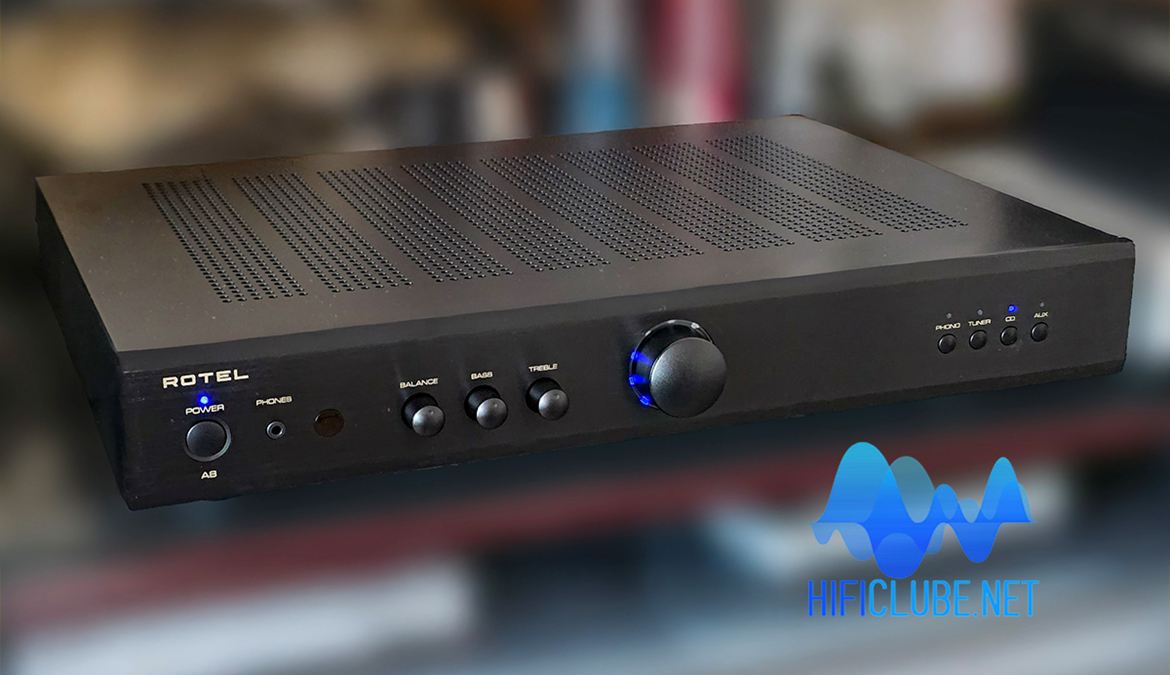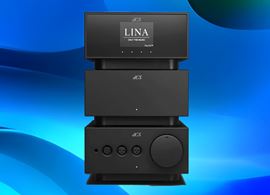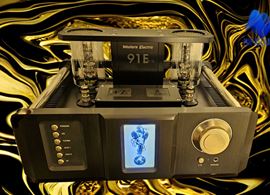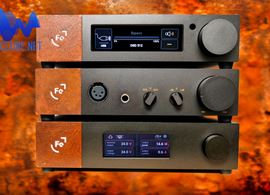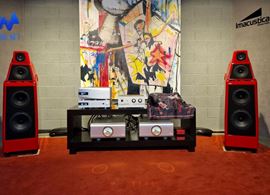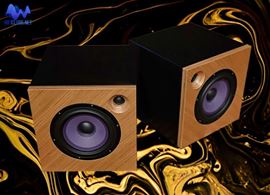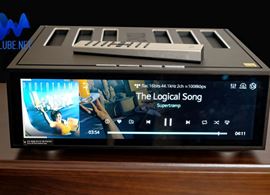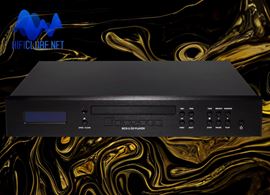In the digital age of smart streamers, state-of-the-art DACs, and graphic interfaces that seem to have come straight out of a spaceship, Rotel offers a simplistic alternative—the A8.
The A8 is a pure-blood analogue integrated amplifier, clearly inspired by Japanese design, but assembled at Rotel's factory in Zhuhai, China, to keep production costs and price low: €429.
Yes, the A8 lacks a DAC, Bluetooth, and a colour screen. It doesn't stream or respond to voice commands. Instead, it features a classic Class AB amplification circuit, a silent toroidal transformer power supply—manufactured by Rotel itself – and a respectable 30W per channel (8 ohms). This proved to be more powerful, and distortion-free, than the figures suggest, as long as you don't expect the A8 to deliver concert-level sound pressure unless you match it with high-sensitivity horn speakers.
At the end of the day, it's the sound that counts, not the spec sheet, just like in the good old days.
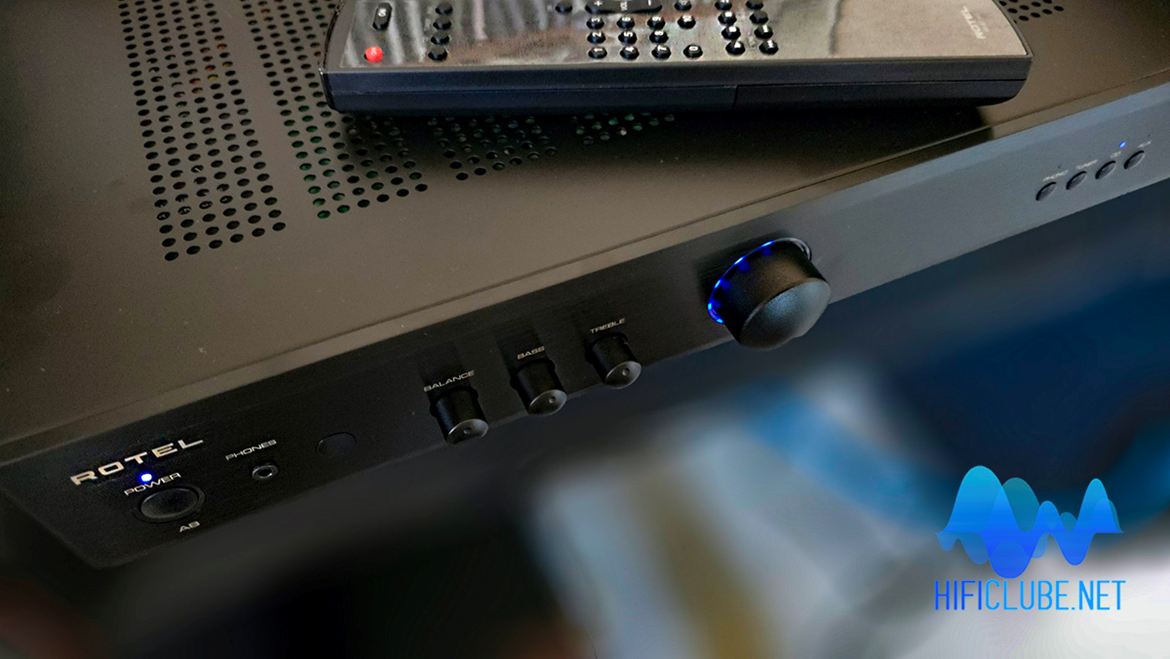
The LED ring is configurable: blue, green, red or purple – a discreet eccentricity in a sober design.
Functional minimalism
The design is austere but elegant (slimline), and the A8 weighs less than 6 kg. The only concession to digital is the customisable LED ring (you can choose from several colours) on the central volume knob, which dominates the brushed aluminium front panel and is flanked by physical buttons that control sources, bass, treble, and balance. Yes, the A8 has tone controls. No one is forced to use them, but they are there for those who want them. Occasionally, I would use just a little twist of bass and enjoy it.
The volume knob is of the infinite rotation type, which means that it is supported by a logic circuit after all—even the best cloth has a stain.
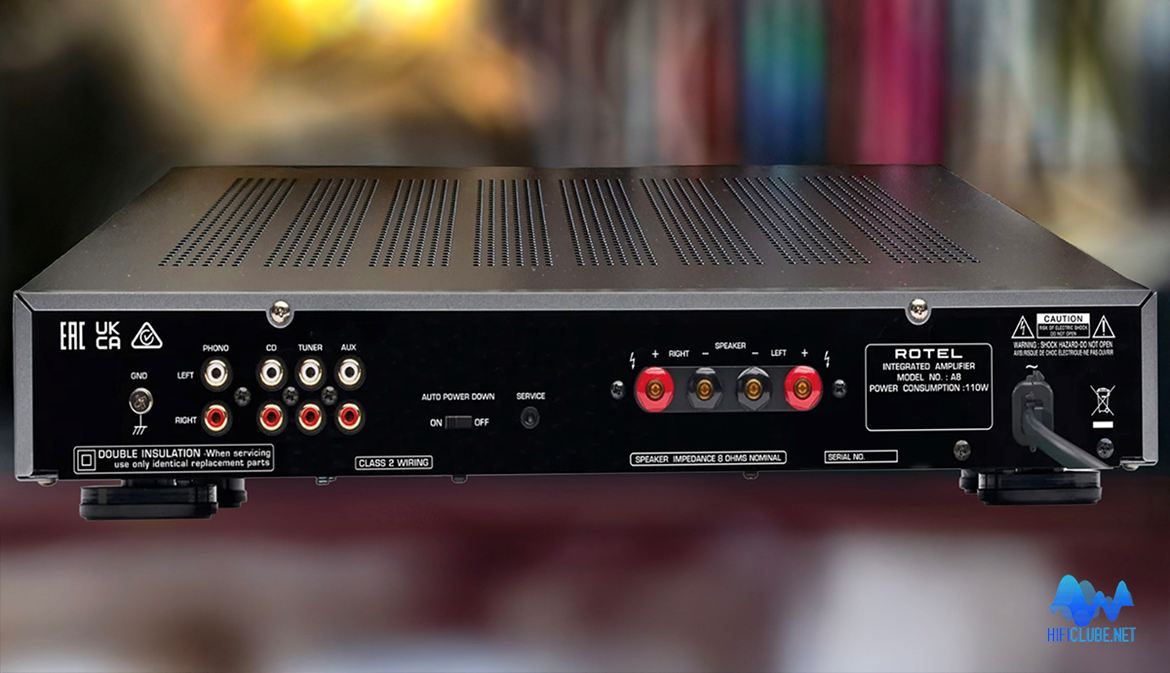
At the rear, we find three RCA line inputs, an MM phono input, and the speaker terminals. No digital inputs—analog purism is dogma here.
At the rear, we find three RCA line inputs, an MM phono input, and the speaker terminals. No digital inputs—analog purism is dogma here. Anyone who wants to listen to digital music should do so with a player or streamer with an external DAC.
Streaming on the side
Which is what I did, by connecting the A8 to a Bluesound Node Icon preamp/streamer (streaming is so convenient, I couldn't resist) and then switching it democratically between a pair of Sonus faber Concertino G4s and some surprising Nordic Audio Radiant Acoustics 4.2s. These, being tiny, are not exactly easy to drive and sound like floorstanders.
No tricks or gimmicks
The construction is solid, with quality components mounted in a spacious and well-organised interior, where the well-insulated transformer and the output transistor heat sink stand out. There are no tricks or gimmicks here.
The A8 is what it is and doesn't pretend to be anything else: a low-powered Class AB integrated amplifier, inexpensive and well-built, with an old-school design and sound, free from digititis, that you can listen to for hours.
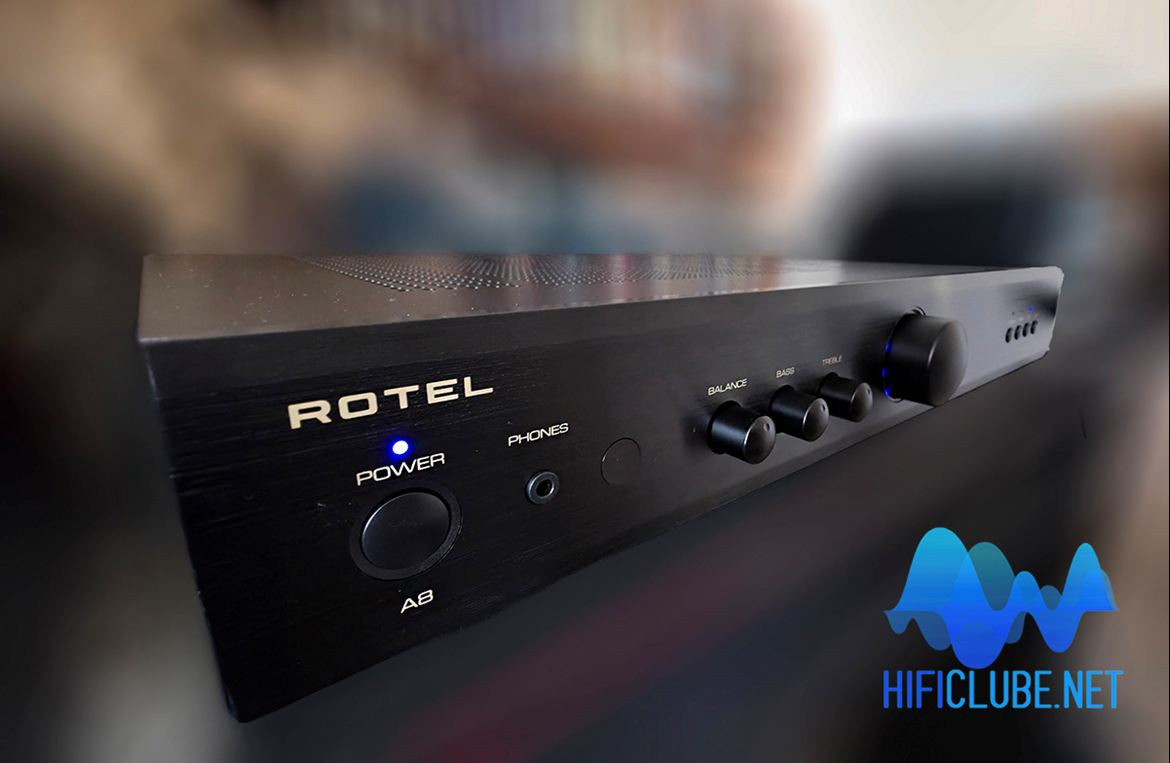
The A8 is happy with efficient speakers and pure analogue sources – as befits a 21st-century stoic still living with a foot in the XXth-century.
Restrained expressiveness
The interior and exterior may be discreet, but the sound performance is anything but modest, considering the stated power and price. The A8 proved to be a true master of restrained expressiveness. There is a kind of Japanese discipline in it—rigor, balance, clarity—but also a certain analogue romanticism.
The bass is full but well-defined, with unexpected authority. The midrange is its natural territory: female voices emerge with body and presence. The treble is delicate and refined, with no sharp edges. Everything sounds integrated, organic, and cohesive. A pleasant surprise, indeed.
The stereo image is well focused, and the soundstage is stable, with no perspective errors. There is no embellishment or timbral pyrotechnics here. The A8 tells the truth in its own understated manner—and does so with considerable elegance.
I did not use the Phono section, but the headphone output performed well without dazzling.
There is a kind of Japanese discipline in it – rigour, balance, clarity – but also a certain analogue romanticism.
The A8 does not try to please everyone. But to those who know how to listen—and not just hear—it offers a coherent, engaging, and effortless listening experience. A companion for long listening sessions, it never tires, distorts, or hides anything.
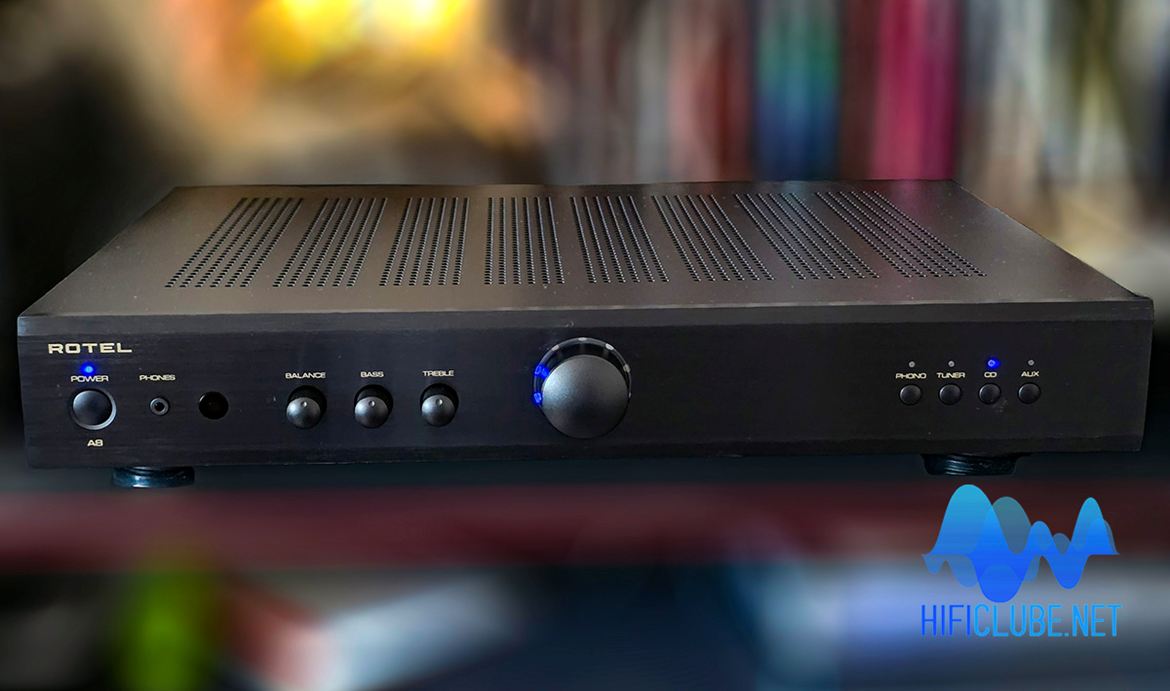
The Rotel A8, in black: understated, elegant and decidedly analogue.
Conclusion
The Rotel A8 is an amplifier for those who value only the essentials: clean sound, unadorned musicality, solid construction, and Japanese reliability. It is an amplifier for those who listen to records—whether LPs or CDs—and don't need the system to tell them how many bits the file has or whether it is connected to Wi-Fi to display album covers. Leave that to the streamer on duty.
With the A8, Rotel reminds us that sometimes less is more—and that, ultimately, it's the music that matters. And when it's well served, it requires no digital introduction on a colour screen. Is that so? The decision is yours, dear reader.
Listen to it at your local dealer or contact the Iberian distributor:




